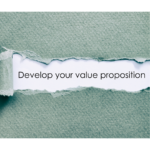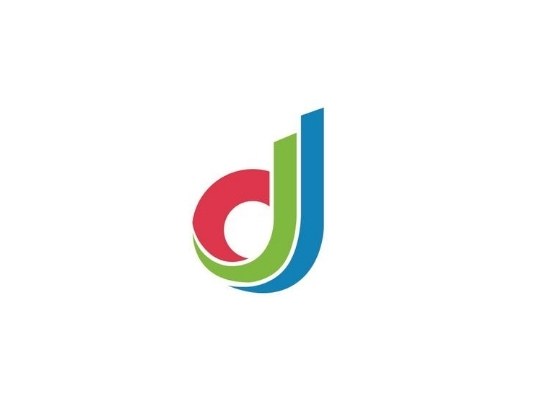
Randy Dearborn has been working with digital signage for 25 years, spending 23 of those at MGM Resorts International. He recalls the original screens that featured a VCR loop repeated over and over and the “sexiness of digital signage” at that time.
“Suddenly, you could control the marketing and the advertising you were displaying. Initially, it was a unique form of advertising that didn’t exist. Previously, marketers had to rely on broadcast ads and they didn’t have a lot of control over those,” Dearborn said. “This was something new and exciting and that had entertainment value. Financially, though, it didn’t make any sense.”
However, over time prices of plasmas came down, as did the price of the LCDs and LEDs. Dearborn said digital signage “started to make some sense financially in about 2004, 2005.”
Still, digital signage was considered by executives to be a practice versus an industry until fairly recently.
“When the Digital Signage Expo launched in 2004, I’d say this was more of an interest group,” said Ken Goldberg, CEO of Real Digital Media. “Now it has grown into something significant. If you think about the amount of commercial streams deployed annually, and all the services and capabilities that have popped up around digital signage, all of that is only going to increase when prices come down, which they will. Digital signage is now absolutely an industry.”
Alan Brawn, principal of Brawn Consulting, agrees that digital signage began as a practice that is now becoming an industry that “transcends IT, AV and conventional signage.”
The evolution from interest group to practice to industry has had its pros and cons. One advantage that comes from growth is legitimacy and authority. A disadvantage is the need for simplification – in messaging, in software options, in data application. Some executives also believe the industry’s growth led to an urgent need for standards and policies.
The future of digital signage
Brawn said a lack of industry standards is one of the biggest challenges for digital signage companies, along with lack of understanding of what digital signage is and can do, profitability for manufacturers and resellers, and confirmation of ROI and ROO to promote more investment.
“The industry has never really been treated as a typical advertising industry. If you take highway billboards, for example, the standard time for LED billboards is 8 seconds. For broadcast TV, the standard is 15-, 30- and 60-second spots. All of that has been standardized,” Dearborn added. “But digital signage is fragmented in silos and there is no standardization. It’s all over the place.”
Dearborn and Goldberg both believe this missing piece provides a big opportunity for an organization like the Digital Signage Federation and third party consultants. Run-time standardization, Dearborn adds, will further legitimize the industry.
“The challenge is how you standardize something that has such a disparate landscape,” he said. “That’s one of the biggest benefits of having the DSF to try and clarify and actively encourage standards. We’ve started to see what works through white papers and case studies, but it’s still like herding cats.”
Goldberg served on the DSF’s standards committee, which yielded a privacy standard. He expects these other voids to be filled by “figuring out which pieces to tackle first, and then organizing them.”
“The best way to do this is if we keep learning from each other. The DSF provides a vehicle for providing members with access to other members to do this, as well as to other tools, resources, venues and networking. If we understand members’ successes, that is very valuable in the creation of standards,” he said.
Dearborn adds that once the industry has more standards in place, it will be less fragmented.
“The growth kind of snuck up on us a little bit and we’re now catching up,” he said. “We’ll get there.”
The Digital Signage Expo is March 29-31 at the Las Vegas Convention Center. More information is available online.






